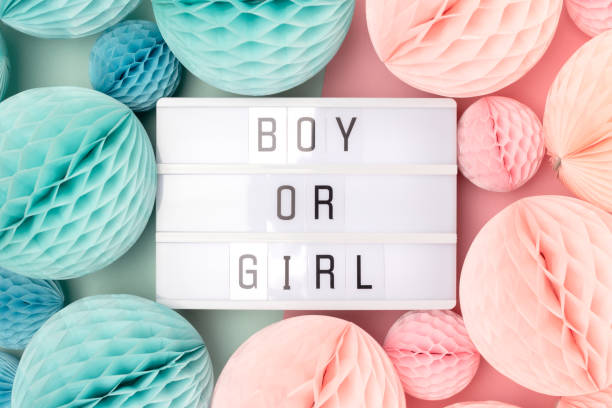As a therapist who specializes in working with the LGBTQ+ community and providing affirmative care that promotes living authentically, I would not be a very authentic person or practitioner if I did not ask these kinds of questions or practice what I promote. Gender reveal parties are wrought with cultural ideas about what being a boy or girl means and looks like and assumes that gender is limited to this binary. Some examples of these are in the names of the parties: “lashes or stashes,” “pink or blue,” “touchdowns or tutus.”

Gender is an individual experience of self, and therefore not for others to decide or project what this means or looks like. It is understood within the context of location, culture and time, and a person’s gender identity is theirs to define and express, whether within the socially constructed gender binary of male and female, in between, separate from, or without gender. Gender expansiveness is a more accurate representation and understanding of gender identity and expression because it acknowledges gender as an individual experience and challenges the wider social understanding of gender.
Now back to babies. During pregnancy, a time comes when medical professionals can scan your belly, see your fetus, and tell you about the health of your baby and, of course, make a determination of the assigned sex of your baby based on the genitalia they see. But, as I quickly found out, the medical professional will not only assign the sex of your baby as male or female in the medical record but also tell the expecting parents that their baby is a boy or a girl. These are assumed genders based on the assigned sex and assuming that the baby will be cisgender, meaning that a person’s gender identity aligns with their assigned sex at birth, or in this case way before birth. Assigned sex that is limited to male and female based on body parts and/or chromosomes already has its problems by not recognizing the variety of life. As soon as an assigned sex or assumed gender are shared with others, the assumptions about that baby will almost automatically come at new parents from all directions.

As a parent wanting the best for your child, what can you do to support your child and provide space for their discovery of their own gender? We are constantly exposed to messages about gender, what people of certain genders wear, how they talk, what toys they play with or roles they have. And these are often engrained in us from birth as our families, friends, strangers, medical providers, media, and culture tell babies what qualities they have or will have based on their assumed gender. Each parent, whether they realize it or not, or want to have a (assumed) gender reveal party or not, makes decisions about how they will nurture their child that will influence how their child will know themselves within the world and culture they live in. These decisions are largely based on how those parents experience and understand gender themselves. Making decisions for a baby who is yet to begin exploring what gender means to them is a challenge for parents to think about how they will create space for their child to be themselves as they grow and learn.
Like a lot of new parents, I am wondering if I am already messing this up for my child. My spouse and I assumed a gender and pronouns for our baby. We requested that friends and family be mindful of the assumptions they make about gender in their words and gifts to us and our baby. We asked that gifts of items and clothes be of all colors without cultural messages about gender and use the whole spectrum of adjectives to describe our child. We converse about how our baby can be whatever gender they decide to be, and we discuss how we can provide the language and environment for our child to explore and be themselves. With our own upbringings engrained in our thoughts and actions, exposure to a culture that often struggles with gender nonconformity, gender identities beyond the binary and non-cisgender people, it is difficult to avoid assuming the gender of children and giving them messages about what gender means to us. Some examples of these are “strong, handsome, little man” for a baby assumed to be a boy and “sweet, sensitive, little princess” for a baby assumed to be a girl. These words carry a lot of meaning about what kind of people these babies are meant to be to fit into the world they just entered.
I hope that my little one will grow up in a more open and understanding world, where gender identity and expression can be freely explored and lived. In asking questions about assuming gender, space is created for this reality to exist. Even if a parent assumes incorrectly, asking questions and being aware of the messages we send our kids about who they are supposed to be based on family history or their assumed gender is the first step. My hope in writing this is to challenge others to begin thinking in more gender expansive terms, explore what gender means to them, and be open and supportive of children discovering and defining their own gender.
Written By:
Miriam Kolni, LMFT – Associate
Schedule an appointment
